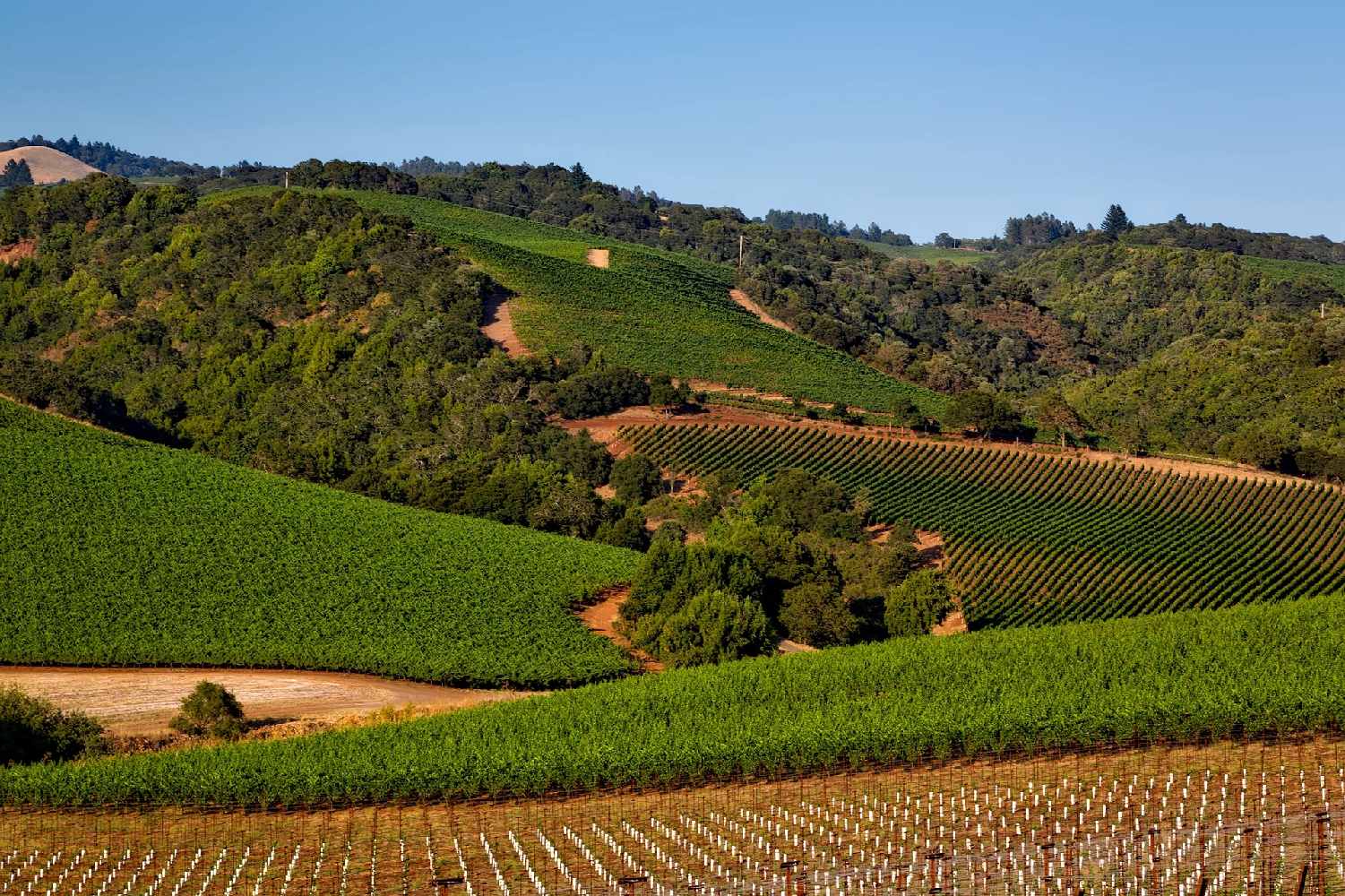
Central Valley Wineries & Wines Stats
Wineries
2359
Wines
13784
A Rich Tapestry of Flavors and Traditions: An In-depth Exploration of Central Valley, California's Vibrant Wine Culture
Introduction: Central Valley, located in the heart of California, is a veritable melting pot of rich cultural heritage and diverse wine traditions. This expansive region, devoid of any direct affiliations to specific appellations or sub-regions, encompasses a vast terrain characterized by an intricate mosaic of climate zones, topographical features, and ethnic influences that contribute to the production of a wide array of distinctive wines. In this vibrant description review, we will delve into the captivating history, unique characteristics, and diverse grape varieties of Central Valley, painting a rich picture of its dynamic wine culture.
History: Central Valley's winemaking legacy dates back to the late 1800s when Italian and Greek immigrants brought their cherished viticulture practices with them. The region saw significant growth during the 1950s and 1960s, thanks to advances in irrigation systems and agricultural techniques that enabled large-scale grape cultivation. Today, Central Valley stands as a testament to the perseverance and ingenuity of its pioneering winemakers, who continue to innovate and push the boundaries of wine production.
Climate and Topography: Central Valley's diverse topography and climate zones are essential factors in the region's unique winemaking landscape. The valley floor, characterized by rich alluvial soils and ample sunshine, provides an ideal environment for growing a wide range of grape varieties. The foothills and adjacent mountain ranges, on the other hand, offer cooler microclimates, allowing for the production of high-quality Chardonnays and Pinot Noirs. Central Valley's complex geography also includes numerous rivers, lakes, and waterways, which play a crucial role in irrigation and grape cultivation.
Grape Varieties: Central Valley is renowned for its versatility in producing an extensive collection of grape varieties. Some of the most popular and widely grown varietals include Chardonnay, Cabernet Sauvignon, Merlot, Zinfandel, and Syrah. Central Valley's unique climate conditions allow these grapes to express their distinctive flavors and characteristics, resulting in wines that cater to various palates and preferences.
Food Pairings: Central Valley wines exhibit a remarkable ability to complement an array of culinary creations, making them a beloved choice for food lovers and wine enthusiasts alike. Some popular pairing suggestions include Chardonnay with rich, creamy pastas and seafood dishes; Cabernet Sauvignon with hearty meats such as ribeye steaks or lamb; Merlot with savory roasted vegetables or poultry; Zinfandel with bold BBQ flavors and spicy cuisine; and Syrah with grilled lamb, game meats, or rich, savory sauces.
Conclusion: Central Valley's dynamic and captivating wine culture is a testament to the region's rich history, diverse topography, and innovative winemakers. This expansive territory continues to push the boundaries of winemaking, offering an unparalleled range of grape varieties and unique flavor profiles that cater to an ever-evolving palate. Whether you are a seasoned wine connoisseur or a curious newcomer, Central Valley's vibrant tapestry of wines is sure to leave a lasting impression on your senses and your heart.
